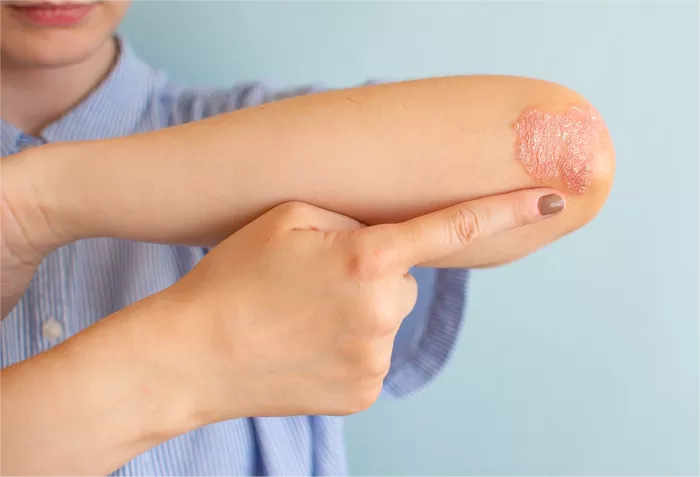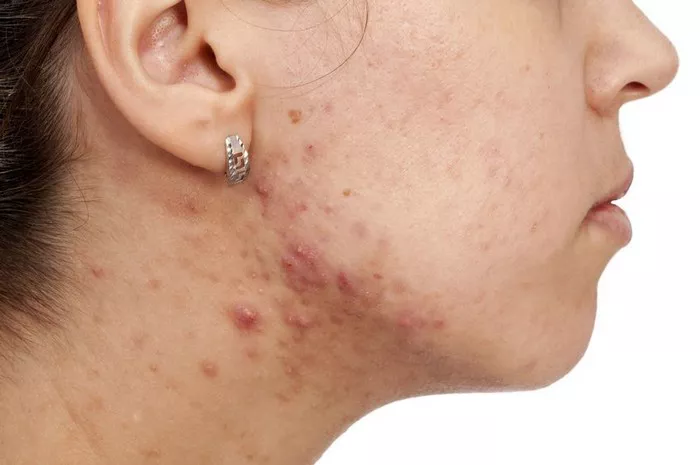Vitiligo is a skin condition characterized by the loss of pigment, resulting in white patches on the skin. While most commonly recognized for its impact on the skin, vitiligo can also affect mucosal tissues, a less understood aspect of this condition. Mucosal vitiligo presents unique challenges and considerations, influencing both diagnosis and management strategies. In this article, we delve into the complexities of mucosal vitiligo, exploring its clinical features, underlying mechanisms, diagnostic approaches, and treatment options.
The Significance of Mucosal Vitiligo
Mucosal vitiligo refers to the depigmentation of mucous membranes, including areas such as the lips, genitalia, oral cavity, and other moist surfaces of the body. Unlike cutaneous vitiligo, which primarily affects the skin, mucosal vitiligo presents distinct clinical and therapeutic considerations. While less common than skin involvement, mucosal manifestations of vitiligo can significantly impact quality of life due to their visibility and potential functional implications.
Clinical Features and Presentation
The clinical presentation of mucosal vitiligo varies widely among affected individuals. Common sites of involvement include the oral mucosa, where depigmentation may manifest as white patches on the lips, gums, tongue, and inside the cheeks. Genital mucosal vitiligo can affect the penile shaft, scrotum, and labia. Other areas, such as the nostrils, conjunctiva, and even the auditory canal, may also be affected.
Mucosal vitiligo lesions often appear as well-defined, milky-white patches with sharp borders. The absence of melanin pigment in these areas contrasts starkly against the surrounding tissues, which retain their normal coloration. The diagnosis of mucosal vitiligo requires careful evaluation by a dermatologist or specialist familiar with pigmentary disorders.
Underlying Mechanisms
The etiology of vitiligo, including mucosal involvement, remains complex and multifactorial. It is widely believed to be an autoimmune condition, where the body’s immune system mistakenly attacks melanocytes—the cells responsible for producing melanin pigment. Genetic predisposition, environmental factors, and oxidative stress are thought to contribute to the development of vitiligo.
The specific mechanisms leading to mucosal involvement in vitiligo are not fully understood. However, it is hypothesized that immune-mediated destruction of melanocytes within mucosal tissues leads to depigmentation in these areas. The triggers and pathways involved in mucosal vitiligo may differ from those affecting the skin, necessitating tailored research and therapeutic approaches.
Diagnostic Challenges and Approaches
Diagnosing mucosal vitiligo can be challenging, primarily due to its less obvious presentation compared to skin involvement. The differential diagnosis includes other conditions that cause depigmentation, such as oral lichen planus and fungal infections. A thorough clinical examination, often with the aid of dermatoscopy, may be necessary to differentiate mucosal vitiligo from these conditions.
Biopsies are rarely performed in mucosal vitiligo due to the invasiveness and potential risk of complications. Instead, diagnosis is typically based on clinical evaluation, supported by patient history and examination findings. In some cases, blood tests may be ordered to assess autoimmune markers or other associated conditions.
Management and Treatment Strategies
The management of mucosal vitiligo is nuanced and requires a multidisciplinary approach. Given the sensitive nature of mucosal tissues and the potential impact on essential functions such as speech and eating, treatment decisions must balance efficacy with patient comfort and safety.
1. Topical Therapies: Topical corticosteroids and calcineurin inhibitors may be used to repigment affected mucosal areas. However, caution is advised due to the thinness and sensitivity of mucosal tissues.
2. Surgical Interventions: Surgical techniques such as tissue grafting or micropigmentation (tattooing) may be considered for refractory cases or when rapid results are desired.
3. Phototherapy: Narrowband UVB phototherapy has shown promise in repigmenting mucosal vitiligo, although its efficacy and safety profile in these areas require further study.
4. Systemic Treatments: Oral immunomodulatory agents, such as systemic corticosteroids or immune suppressants, are occasionally prescribed for extensive or recalcitrant mucosal vitiligo. However, their use is limited by potential side effects.
Psychosocial Impact and Patient Support
Living with mucosal vitiligo can have profound psychosocial implications. The visibility of lesions on the lips or genitalia may lead to embarrassment, anxiety, and sexual concerns. Patients may benefit from holistic care that addresses both the physical and emotional aspects of their condition. Support groups and counseling can provide invaluable resources for individuals navigating the challenges of mucosal vitiligo.
Future Directions in Research
Advances in understanding the pathogenesis of vitiligo, including mucosal involvement, offer hope for novel treatment approaches. Targeted immunomodulatory therapies, stem cell-based interventions, and gene-editing techniques are areas of active investigation. Collaborative efforts between clinicians, researchers, and patient advocacy groups are essential to advancing knowledge and improving outcomes for individuals with mucosal vitiligo.
Conclusion
Mucosal vitiligo represents a distinctive facet of this complex dermatologic condition. Its impact extends beyond cosmetic concerns, influencing daily function and quality of life. Continued research into the mechanisms underlying mucosal involvement and the development of targeted therapies will pave the way for more effective management strategies. Through interdisciplinary collaboration and patient-centered care, healthcare professionals can empower individuals with mucosal vitiligo to live fuller, more confident lives.
Related Topics:
Exploring the Factors Behind Sudden Manifestation


























